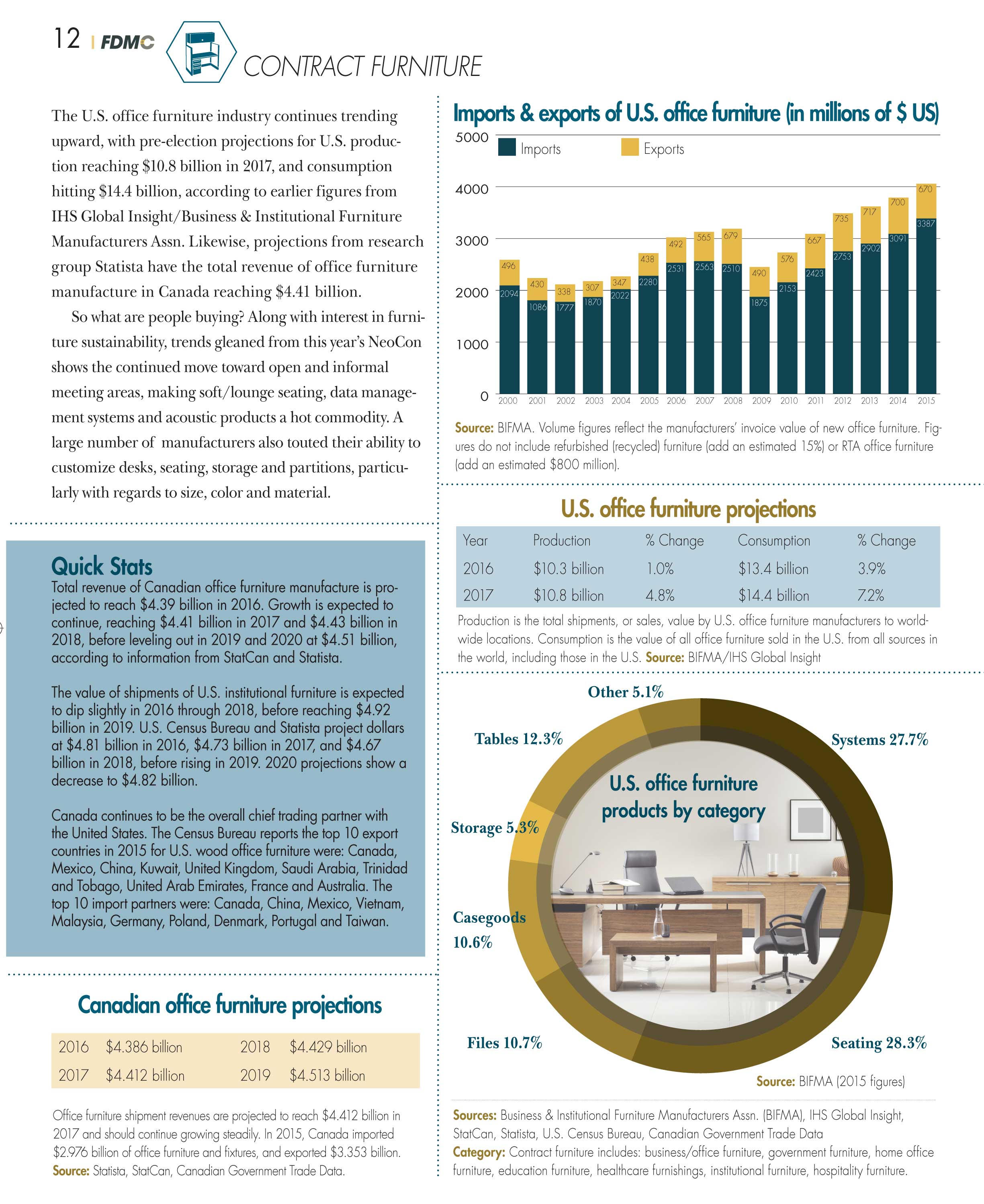Explore The Appealing Odyssey Of Refurbishing Historical Cabinets, Uncovering Covert Narratives And Translating The Mysteries Of Previous Generations
Explore The Appealing Odyssey Of Refurbishing Historical Cabinets, Uncovering Covert Narratives And Translating The Mysteries Of Previous Generations
Blog Article
Authored By-Snider Westermann
To begin the journey of restoring antique closets, you require a keen eye for detail. Envision uncovering concealed keys within each layer of history ingrained in the wood. Picture the satisfaction of reviving a once-forgotten item to its former magnificence. Every step of this meticulous process holds the crucial to preserving the past while producing a future treasure. So, are you ready to embark on this transformative undertaking and unlock the possibility of your antique cabinets?
Evaluating the Cabinet's Problem
When beginning the restoration process, start by assessing the condition of the antique closet. Meticulously analyze the total structure for any type of signs of damages such as fractures, chips, or loosened joints. Check the wood for any kind of rot, warping, or insect problem that might have taken place with time. It's crucial to figure out the extent of the remediation required before continuing further.
Next off, check the closet's hardware such as joints, knobs, and locks. Make note of any type of missing out on pieces or parts that need repair or substitute. Guarantee that all hardware is operating correctly and securely affixed to the closet.
Furthermore, review the cabinet's finish. Search for any type of scrapes, discolorations, or staining that might impact the aesthetic charm. Determine if https://beauglqva.bligblogging.com/28363158/unlock-to-a-globe-of-personalized-closets-that-will-certainly-transform-your-home-uncover-the-magic-of-bespoke-storage-options requires to be stripped and reapplied or if a simple touch-up will certainly be sufficient.
Gathering the Needed Devices and Products
After analyzing the condition of the antique closet, the next step is to gather the required devices and materials for the remediation process. Before https://small-condo-kitchen-remod11100.blogsuperapp.com/28326430/tips-for-choosing-the-very-best-timber-for-your-customized-cabinets begin, ensure you have the following products accessible:
- timber cleaner
- sandpaper in various grits
- timber filler
- paint or wood discolor
- brushes
- handwear covers
- security goggles
- a dust mask
- a drop cloth
- a putty blade
- a hammer
- a screwdriver
- a vacuum cleaner
These devices and materials are essential for a successful remediation.
Wood cleaner is critical for getting rid of years of dirt and crud accumulation, preparing the surface area for sanding. Sandpaper of various grits aids in smoothing out flaws and preparing the wood for a new surface. Timber filler is handy for fixing any type of fractures, holes, or damages existing in the cupboard.
Repaint or timber discolor, in addition to brushes, allow you to tailor the closet to your preference. Remember to wear handwear covers, security goggles, and a dirt mask for security. Set custom kitchen cabinets to secure your workspace, and make use of a hoover to clean up any kind of debris.
With these tools and materials gathered, you're ready to begin the restoration process.
Performing the Reconstruction Process
To effectively execute the remediation procedure on your antique cabinet, start by thoroughly cleaning the surface with the timber cleaner. This action is critical as it helps remove years of dirt, gunk, and old gloss that might have gathered on the surface.
As soon as the cupboard is clean and completely dry, examine the condition of the wood. Look for any type of fractures, scratches, or various other problems that require to be addressed. Usage wood filler to repair any kind of imperfections, making sure to match the filler shade to the wood tone for a seamless surface.
After the fixings have dried, delicately sand the entire surface to create a smooth and also base for the brand-new finish. Beware not to sand as well strongly, as you do not want to harm the timber beneath.
Once the sanding is full, use a wood stain or complete of your selection, complying with the supplier's guidelines. Permit the finish to completely dry totally before applying a protective leading coat to make certain the durability of your brought back antique cabinet.
Conclusion
Since you have completed the remediation procedure, your antique cupboard looks like brand-new.
By following the step-by-step guide, you were able to evaluate, repair, and improve its condition easily.
With a fresh coating and protective leading layer, your treasured piece will continue to shine for several years to find.
Appreciate the beauty of your restored antique closet!
